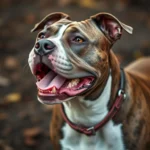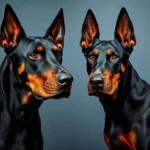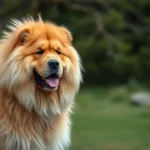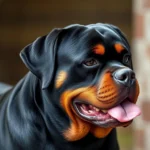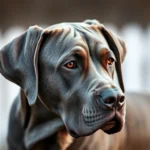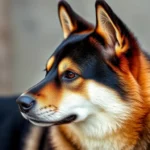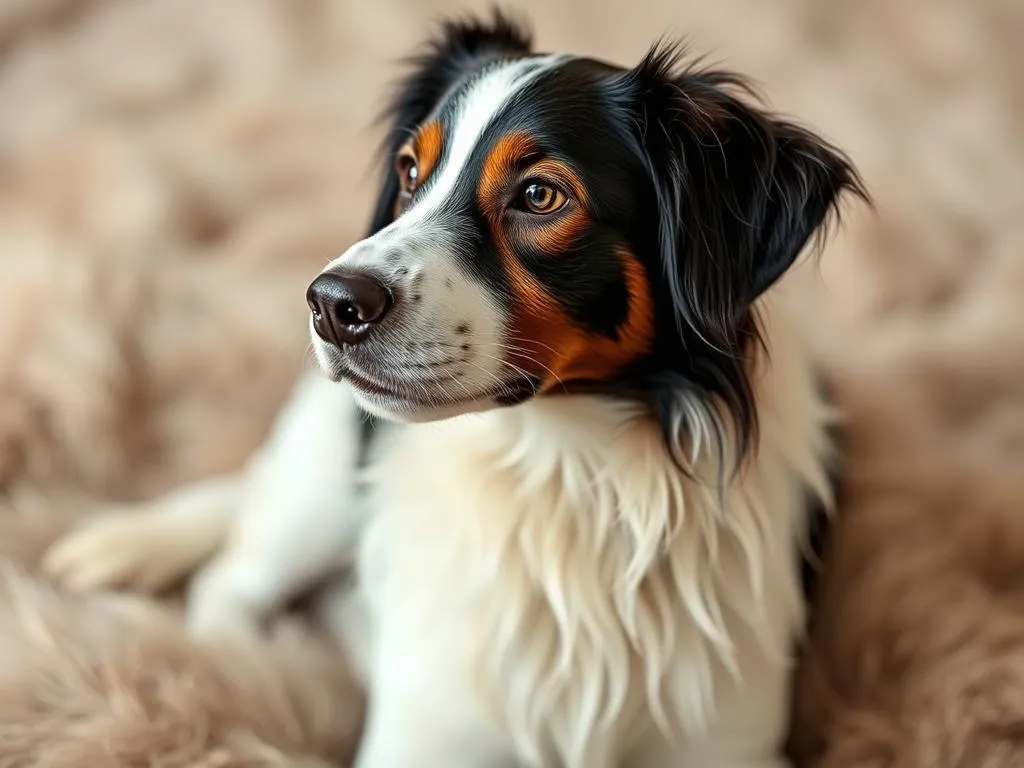
Introduction
Choosing the right dog breed is crucial for ensuring a happy and harmonious relationship with your furry companion. Among the many factors to consider, shedding is a significant concern for many potential dog owners. This article aims to provide a comprehensive overview of dogs that don’t shed, focusing on breeds that are low-shedding or hypoallergenic. Understanding the importance of selecting a breed that fits your lifestyle and living situation can lead to a more fulfilling pet ownership experience.
Shedding can be a common source of frustration for dog owners, especially those who suffer from allergies or asthma. The good news is that there are several breeds that minimize this issue, making them suitable for various environments, including homes with children, elderly family members, or those who live in apartments. Let’s explore shedding in dogs and discover some popular breeds that don’t shed.
Understanding Shedding in Dogs
What is Shedding?
Shedding is a natural process through which dogs lose old or damaged fur. This phenomenon serves several purposes: it helps regulate body temperature, removes unhealthy hair, and allows for new growth. Various factors contribute to the shedding process, including seasonal changes, health conditions, and environmental influences.
Factors Influencing Shedding
Several factors can influence how much a dog sheds:
- Breed Characteristics: Different breeds have varying hair types and shedding patterns. Some dogs are bred specifically to have low-shedding coats.
- Diet and Health: A dog’s diet can affect the health of their coat. Nutrient-rich foods contribute to a healthy coat and may reduce excessive shedding.
- Environmental Factors: The climate and living conditions also play a role. Dogs living in warm climates may shed more frequently, while indoor dogs might shed less due to stable temperatures.
Understanding these factors can help you choose a breed that aligns with your preferences regarding shedding.
Benefits of Low-Shedding and Non-Shedding Dogs
Choosing low-shedding and non-shedding dogs can provide a range of benefits:
Health Benefits
One of the most significant advantages of having a dog that doesn’t shed is the reduction of allergens in the home. For individuals with allergies or asthma, hypoallergenic breeds can be a game-changer, offering companionship without the discomfort of constant sneezing or respiratory issues.
Maintenance Advantages
Low-shedding dogs require less frequent grooming compared to their high-shedding counterparts. This translates to less time spent vacuuming and cleaning up fur, making them ideal for busy households.
Ideal for Specific Living Situations
Low-shedding breeds are particularly suited for:
- Apartment Living: These dogs typically require less space, making them perfect for apartment dwellers.
- Homes with Small Children or Elderly Family Members: The reduced shedding and lower potential for allergies make these breeds a safer choice for families with young children or older adults.
Popular Dog Breeds That Don’t Shed
Overview of Non-Shedding Breeds
The term “hypoallergenic” refers to breeds that are less likely to trigger allergic reactions in sensitive individuals. While no dog is entirely hypoallergenic, some breeds are known for their low-shedding coats.
Detailed List of Breeds
Poodle (Standard, Miniature, Toy)
Poodles are one of the most popular hypoallergenic breeds. They come in three sizes—standard, miniature, and toy—allowing for flexibility in choosing a suitable companion. Poodles are intelligent, energetic, and friendly, making them excellent family pets. Regular grooming is essential to maintain their curly coat.
Bichon Frise
The Bichon Frise is a small, cheerful dog known for its fluffy white coat. This breed is playful and affectionate, thriving in family environments. Regular grooming is necessary to prevent matting and keep their coat looking its best.
Maltese
Maltese dogs are small, elegant companions with long, silky coats. They are affectionate and enjoy being around people. While they require regular grooming to keep their coat free of tangles, their low-shedding nature makes them ideal for allergy sufferers.
Shih Tzu
Shih Tzus are known for their charming personalities and beautiful, flowing coats. They are friendly and can adapt well to various living situations. Regular grooming is essential to maintain their luxurious fur and prevent matting.
Schnauzer (Standard, Miniature, Giant)
Schnauzers come in three sizes and are known for their distinctive beards. They are intelligent, energetic, and protective, making them excellent family pets. Their wiry coat sheds minimally, but regular grooming is essential to keep it healthy and tidy.
Portuguese Water Dog
Portuguese Water Dogs are energetic, intelligent, and have a curly coat. They are excellent swimmers and require regular exercise. Their low-shedding coat makes them suitable for allergy sufferers, but they do need grooming to maintain their coat’s condition.
Soft-Coated Wheaten Terrier
Soft-Coated Wheaten Terriers are friendly, playful dogs with soft, silky coats. They are adaptable and do well in various living environments. Regular grooming is necessary to prevent matting, and they are known for their affectionate nature.
Basenji
Basenjis are known as “barkless dogs” due to their unique vocalizations. They have a short coat that sheds minimally, making them a great option for those looking for a low-maintenance pet. Basenjis are independent and intelligent, requiring consistent training and socialization.
Grooming and Care for Low-Shedding Dogs
Importance of Regular Grooming
Although low-shedding dogs may not require as much grooming as high-shedding breeds, regular grooming is still essential. It helps maintain coat health, prevents matting, and allows you to check for any skin issues or parasites.
Tools and Products for Grooming
Investing in the right grooming tools can make the process easier. Here are some recommended products:
- Brushes: A slicker brush or a comb designed for your dog’s coat type can help remove loose hair and prevent tangles.
- Shampoos: Use a gentle, hypoallergenic dog shampoo to keep the coat clean and healthy.
- Conditioners: A conditioning spray can help keep the coat manageable and prevent matting.
Professional Grooming vs. At-Home Grooming
Deciding between professional grooming and at-home grooming depends on your dog’s specific needs and your grooming skills.
- Professional Grooming Pros: Experienced groomers can handle complicated grooming tasks and help maintain the coat’s health.
- At-Home Grooming Pros: Grooming at home can save money and allow you to bond with your dog.
Regardless of your choice, establish a grooming schedule that suits your dog’s needs.
Considerations Before Choosing a Low-Shedding Dog
Lifestyle Compatibility
Before bringing a low-shedding dog into your home, assess your lifestyle. Some breeds require more exercise and mental stimulation than others, so it’s essential to choose a breed that matches your activity level.
Space Requirements
Consider your living situation when selecting a breed. Breeds that don’t shed are often well-suited for apartment living, but ensure you have enough space for your dog to move comfortably.
Time Commitment
Owning a dog requires a time commitment for grooming, training, and exercise. Be realistic about your availability and choose a breed that fits your schedule.
Allergies and Sensitivities
If you or someone in your household has allergies, it’s vital to spend time with the breed before making a commitment. This can help determine if the dog will trigger any allergic reactions.
Training and Socialization for Non-Shedding Breeds
Training Basics
Early training is crucial for all dog breeds, especially small ones. Basic obedience training helps establish good behavior and fosters a positive relationship between you and your pet.
Socialization Techniques
Socializing your low-shedding dog with other pets and people is essential for their development. Introduce them to various environments, sounds, and experiences to help them become well-adjusted companions.
Common Behavior Issues
Some low-shedding breeds can develop behavioral challenges if not properly trained or socialized. Common issues may include separation anxiety or excessive barking. Addressing these challenges early with consistent training can lead to a well-behaved pet.
Conclusion
Choosing a dog breed that doesn’t shed can lead to numerous benefits, including a cleaner home and fewer allergens, making them suitable for a variety of living situations. Understanding individual needs and compatibility with lifestyle is essential when selecting the perfect non-shedding dog for your family.
By considering the breeds mentioned in this article and evaluating your own lifestyle, you can find a furry companion that will bring joy and love into your life. Remember to research further and spend time with potential breeds to ensure a perfect match.
